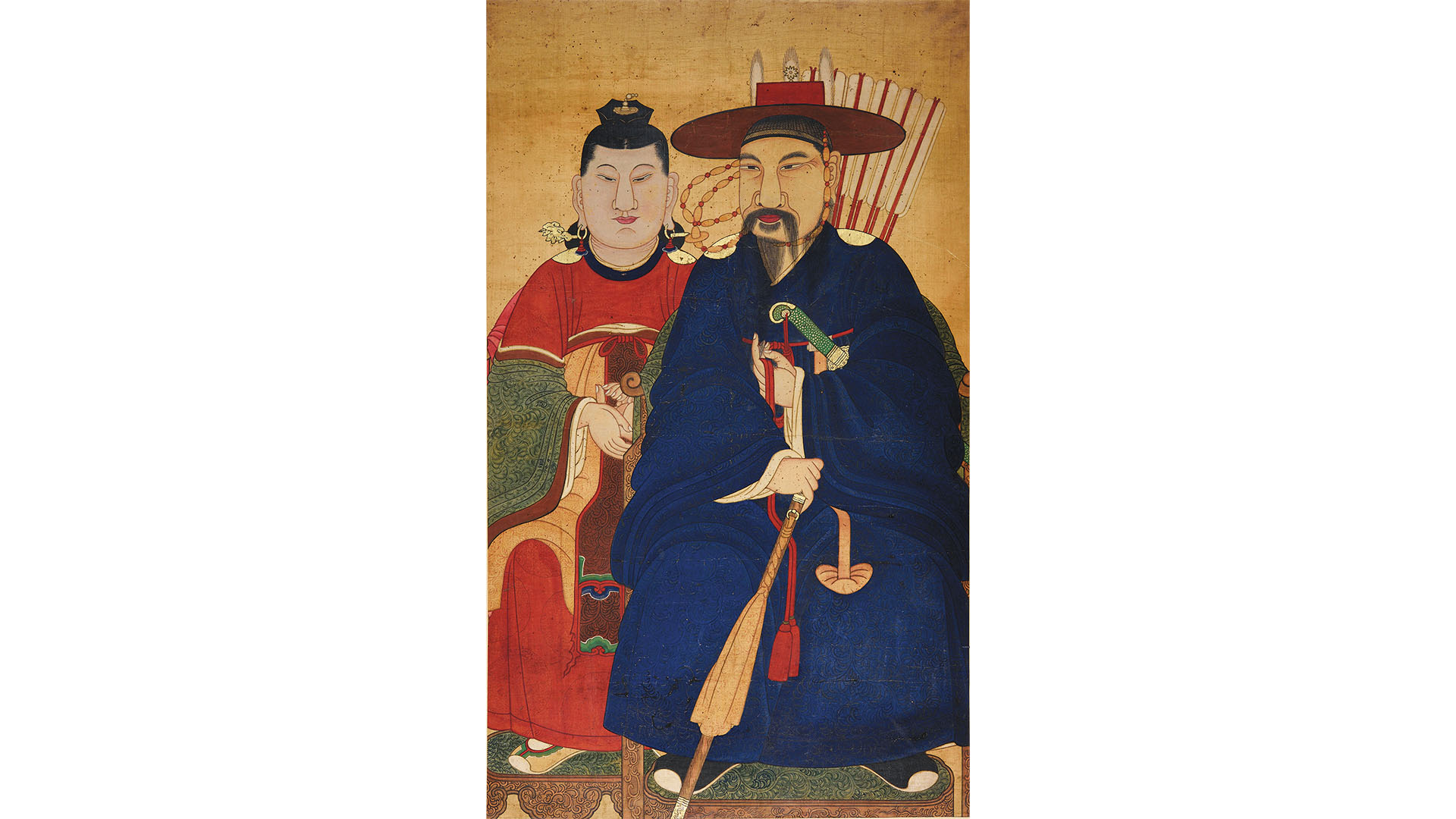Epidemic disease seen through a painting.
In Korean folk culture, people believed that epidemic disease was caused by a visitation of spirits, and they therefore hosted shamanist rituals to appease these guests in the hope that they would leave the household alone. Created to be hung in a shamanistic shrine for a ritual ceremony, this painting shows Korean belief and practice related to epidemic disease during the Joseon dynasty (1392–1897), when large-scale epidemics of cholera and smallpox frequently broke out.
The destructive and restorative power of gods and goddesses of epidemic disease appears in literature, folk songs, and shamanistic paintings from the 17th century to the 19th century in Korea, giving us a glimpse into how people feared epidemic disease and tried to find a solution for it.
With time, folk beliefs made way for other practices led by scientific advances. The late Joseon dynasty saw the development of medical studies and political campaigns to eradicate epidemic disease, such as washing hands, using boiled water, avoiding large-scale gatherings for Confucian rituals, and improving government administration.
Scholars of Silhak (practical studies) promoted variolation, an early inoculation method to immunize individuals against smallpox, one that started in the 16th century in China and in the 18th century in Britain. This painting in ROM’s collection signifies how religion/ spiritualism helped people understand and cope with disease and epidemics.

